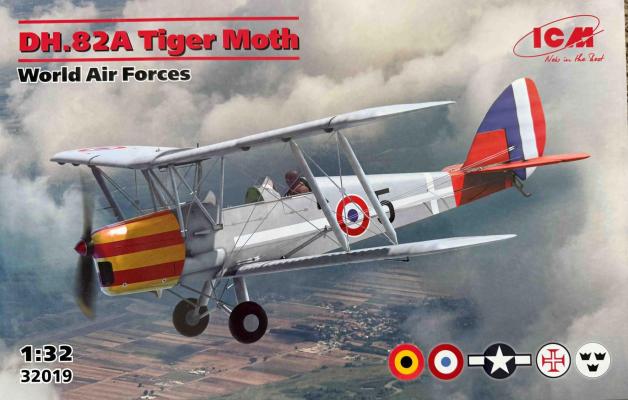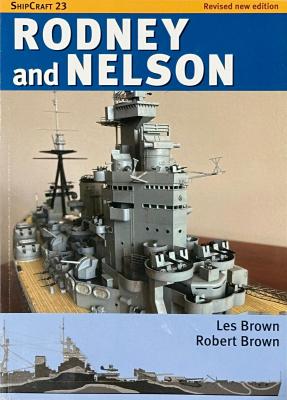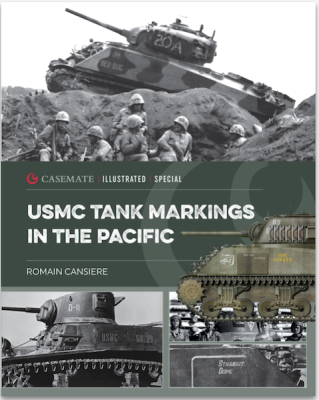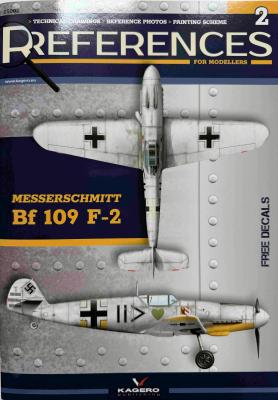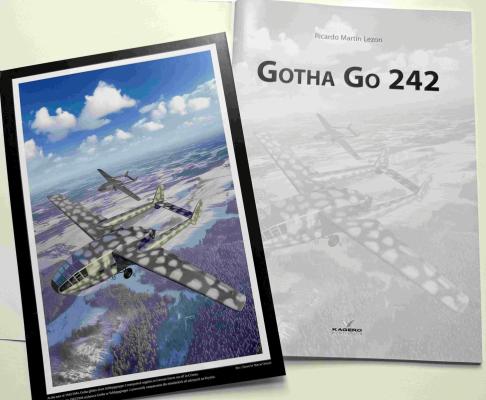The DH.82A Tiger Moth biplane was developed by de Havilland in the mid-1930s. Produced in large quantities—over 8,000 units by the end of World War II—it served extensively as a training and liaison aircraft. The DH.82A Tiger Moth gained widespread adoption, with Norway, Portugal, and Sweden establishing their own licensed production facilities. The aircraft also saw service with pilots from Belgium, France, and the USA. Simple yet reliable, the DH.82A Tiger Moth earned genuine affection and respect from novice and experienced pilots alike. Some even quipped that the letters “DH” stood for “durable” and ” hefficient”—apt descriptors for this remarkable aircraft. The Tiger Moth continues to delight enthusiasts today, gracing both flying clubs and aviation shows with its presence.
Welcome to the IPMS/USA Reviews site!
Introduction: The primary organization of the IPMS/USA Review website is by IPMS/USA National Contest Class. Within each Class there are sub-menus by kits, decals, books, etc. The Miscellaneous Class is for items that are not class specific or that cross two or more classes.
IPMS/USA Members: We encourage you to submit reviews, both here and to the Journal. To volunteer for membership in the IPMS/USA "Reviewers Corps" and submit your own reviews, please read the Guidelines For Submitting Product Reviews.
Manufacturers, publishers, and other industry members: IPMS/USA is pleased to offer your company the opportunity for product reviews. All product reviews are performed by IPMS/USA members, and are posted in the publicly-accessible section of our website. With very few exceptions, we perform full build reviews of new kit releases, aftermarket products, and supplies. If you would care to provide product samples for review, please contact John Noack, IPMS/USA 1st VP.
To learn more about IPMS/USA, please see our About Us page.
Casemate Publishers presents Seaforth's ShipCraft 23, Rodney and Nelson battleships by Les & Robert Brown. This book is an update of the original 2015 ShipCraft of Rodney and Nelson. Les Brown is a well-known and accomplished British warship aficionado and builder of beautiful models, with a long history of championing British warships, typically destroyers and smaller warships. He is also a luminary in the Small Warships Group of the IPMS. Canadian Robert Brown has also authored other craft books, including HMS Warspite and British Aircraft Carriers.
This heavily illustrated paperback is the ultimate single resource for building accurate models of both Rodney and Nelson, some of the oddest but successful battleships of the 20th century. The book has very little open space, crammed full of text, drawings and photos of models.
Publisher’s Notes
The markings on tanks of the United States Marine Corps during World War II are so varied that some have concluded they were meaningless, even anarchic. Official documents offer little insight, but a careful study of period photographs and film, cross-referenced with combat reports and veteran accounts, reveals the different systems of markings that combat units used to identify their vehicles. These markings varied between units, and from one campaign to the next, but were well-thought-out and designed to be practical and easy for tankers to interpret. In addition to tactical markings, most tankers were given names by their crews, and these were added to the tank’s markings. Personifying the tank often boosted crew morale and led to even more careful maintenance of the tank. Names were approved by tank commanders, and also followed systems that aided quick identification in combat.
From the Kagero Website – a new series of A-4 size volumes. Each consists of 16-24 pages and includes selected archive photos, colour painting schemes or 3D renders. Some books would contain scale drawings, too. One can find high-quality decal sheet with both 1/48th and 1/72nd scales of one specific painting scheme. If the illustration differs in details from the decal, we will present photos, which were used to develop sheet. Series for modellers as a supplement to other publications or compilation of already published materials.
The book “Gotha Go 242/244” from Kagero publishing delivers a wealth of information within its 57 pages. It provides a free poster displaying two Gotha gliders flying over a winter landscape during the transport of supplies to besieged German forces in Crimea in 1943/1944. The poster fits inside the book and shows the book’s cover image. The quality of the poster and the color profiles are great.
There are five chapters in the book:











